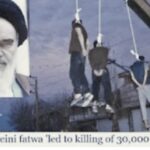
Children as young as 13 were hanged from cranes, six at a time, in a barbaric two-month purge of Iran’s prisons on the direct orders of Ayatollah Khomeini, according to a new book by his former deputy.
More than 30,000 political prisoners were executed in the 1988 massacre – a far larger number than previously suspected. Secret documents smuggled out of Iran reveal that, because of the large numbers of necks to be broken, prisoners were loaded onto forklift trucks in groups of six and hanged from cranes in half-hourly intervals.
Gruesome details are contained in the memoirs of Grand Ayatollah Hossein-Ali Montazeri, The Memoirs of Grand Ayatollah Hossein Ali Montazeri, one of the founders of the Islamic regime.
He was once considered Khomeini’s anointed successor, but was deposed for his outspokenness, and is now under house arrest in the holy city of Qom.
Published privately last month after attempts by the regime to suppress it, the revelations have prompted demands from Iranian exiles for those involved to be tried for crimes against humanity.
The most damning of the letters and documents published in the book is Khomeini’s fatwa decree calling for all Mojahedin (as opponents of the Iranian regime are known) to be killed.
Issued shortly after the end of the Iran-Iraq war in July 1988 and an incursion into western Iran by the Iranian resistance, the fatwa reads: “It is decreed that those who are in prisons throughout the country and remain steadfast in their support for the Monafeqin (Mojahedin) are waging war on God and are condemned to execution.”
It goes on to entrust the decision to “death committees” – three-member panels consisting of an Islamic judge, a representative of the Ministry of Intelligence, and a state prosecutor. Prisoners were to be asked if they had changed loyalties and, if not, were to be executed.
Montazeri, who states that 3,800 people had been killed by the end of the first fortnight of executions, includes his own correspondence with Khomeini, saying that the killings would be seen as “a vendetta” and would spark opposition to the regime. He wrote: “The execution of several thousand prisoners in a few days will not have positive repercussions and will not be mistake-free.”
The massacres, which came just before the Lockerbie bombing, were seen as a sop to the hardliners at a time when Khomeini was already in failing health and the battle for succession had begun between fundamentalists and moderates. He died the following year.
According to testimony from prison officials – including Kamal Afkhami Ardekani, who formerly worked at Evin prison – recently given to United Nations human rights rapporteurs:
“They would line up prisoners in a 14-by-five-metre hall in the central office building and then ask simply one question, ‘What is your political affiliation?’ Those who said the Mojahedin would be hanged from cranes in position in the car park behind the building.”
He went on to describe how, every half an hour from 7.30am to 5pm, 33 people were lifted on three forklift trucks to six cranes, each of which had five or six ropes. He said: “The process went on and on without interruption.” In two weeks, 8,000 people were hanged. Similar carnage took place across the country.
Many of those in the ruling council at the time of the 1988 massacre are still in power, including President Mohammed Khatami, who was the Director of Ideological and Cultural Affairs.
The massacre may have happened 12 years ago, but the relevance is that these atrocities are still happening”, said Mohammad Mohaddessin, the chairman of the Foreign Affairs Committee of the Iranian National Council of Resistance (NCRI), the main opposition group, who was in London last week to present evidence to MPs.
The NCRI has prepared files on 21 senior members of the regime whom it alleges were “principal protagonists of the massacre”, including Mr Khatami and Ayatollah Ali Khameini, Iran’s “Supreme Leader”. Mr Mohaddessin will travel to New York to present the files to the UN and call for a tribunal to try them for crimes against humanity.
Mr Mohaddessin said human rights abuses were continuing in Iran despite the election of Mr Khatami, who “presents himself as a reformist”.


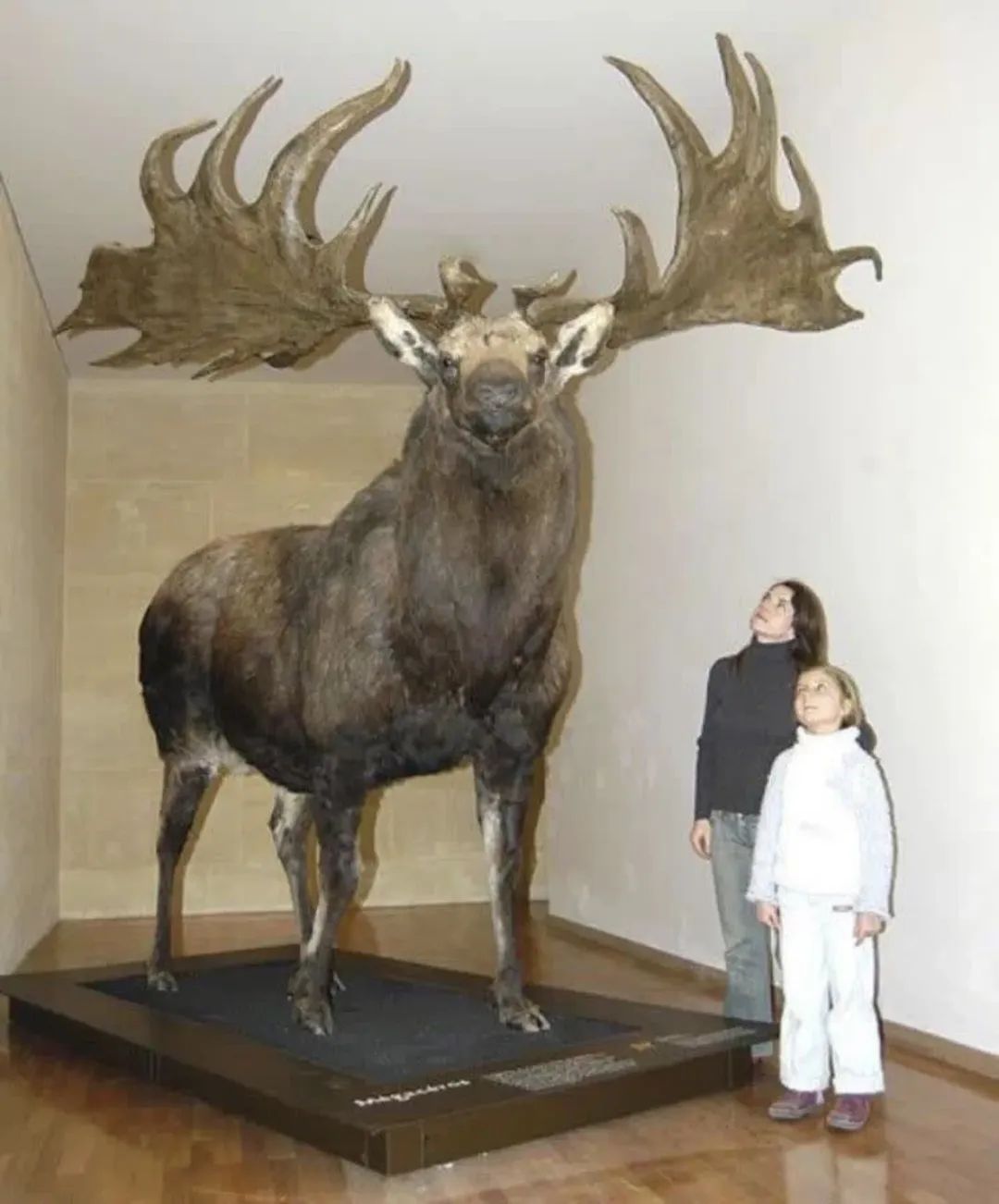
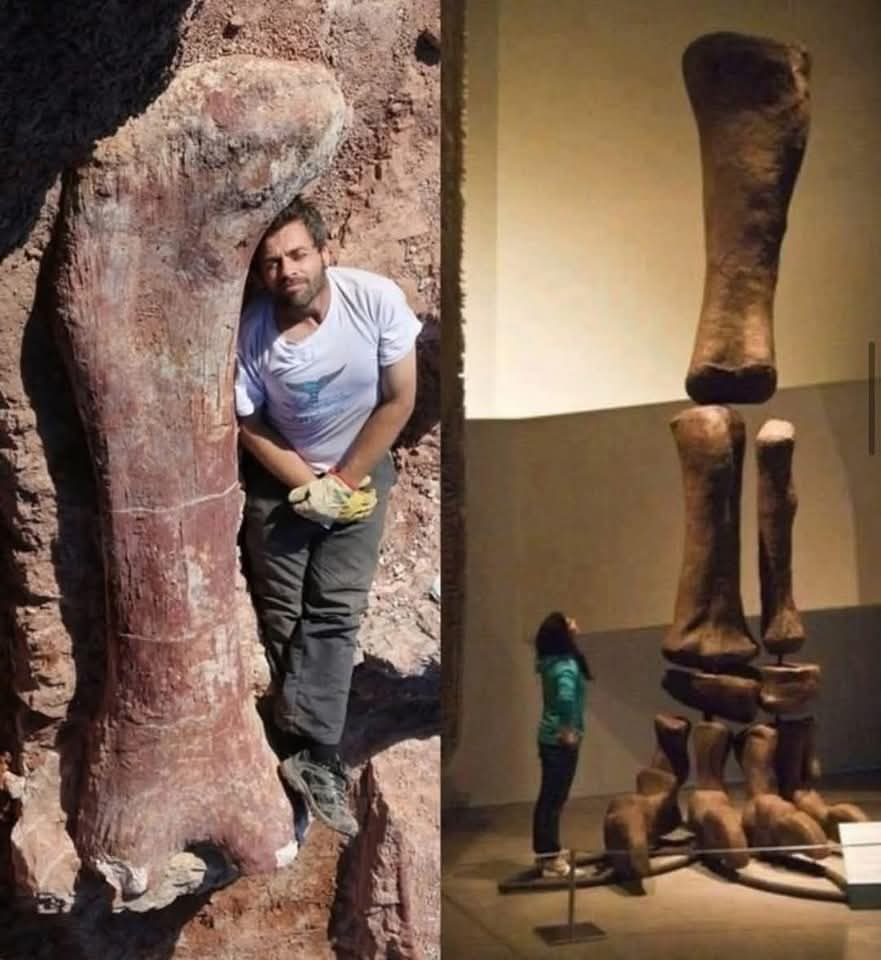
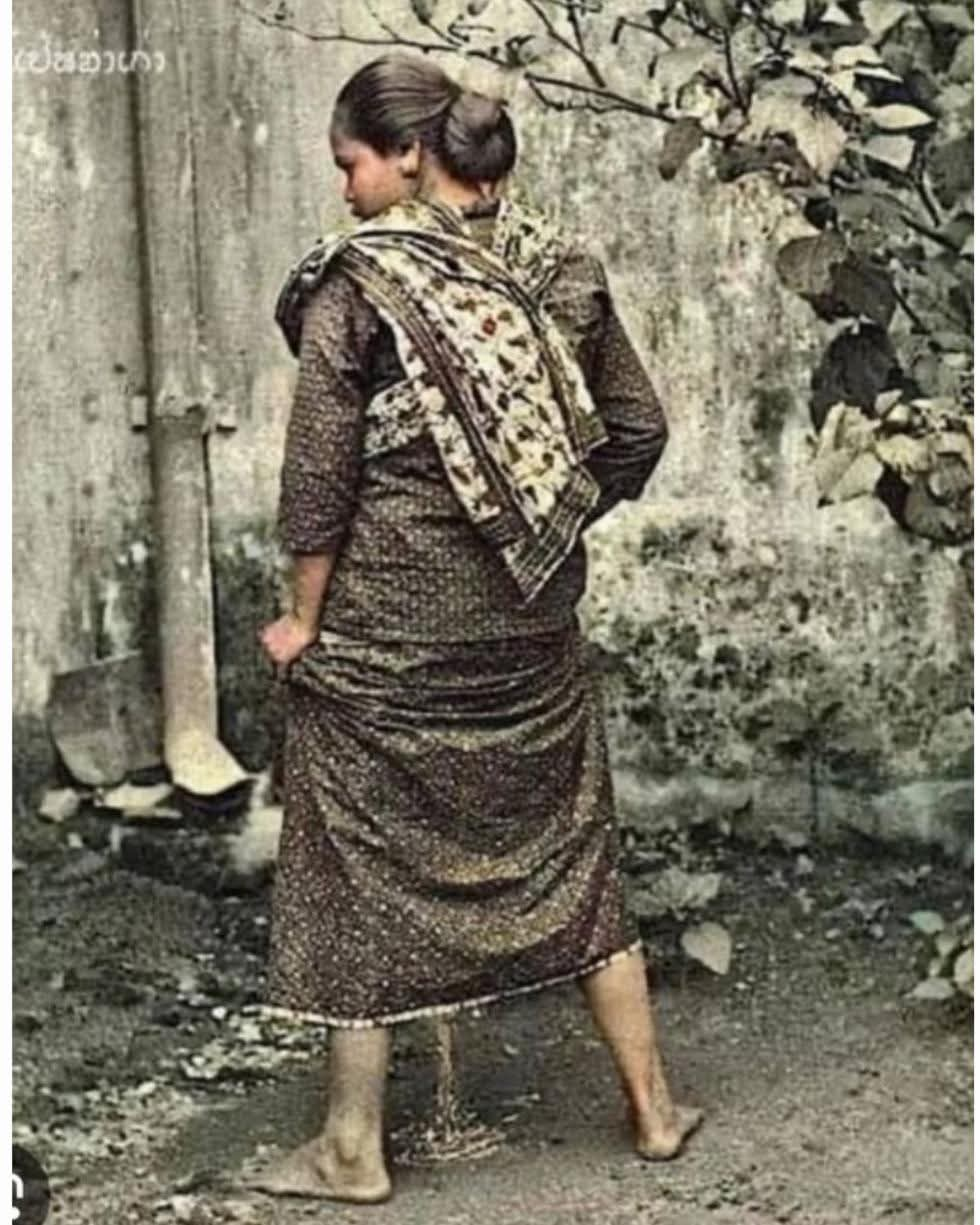

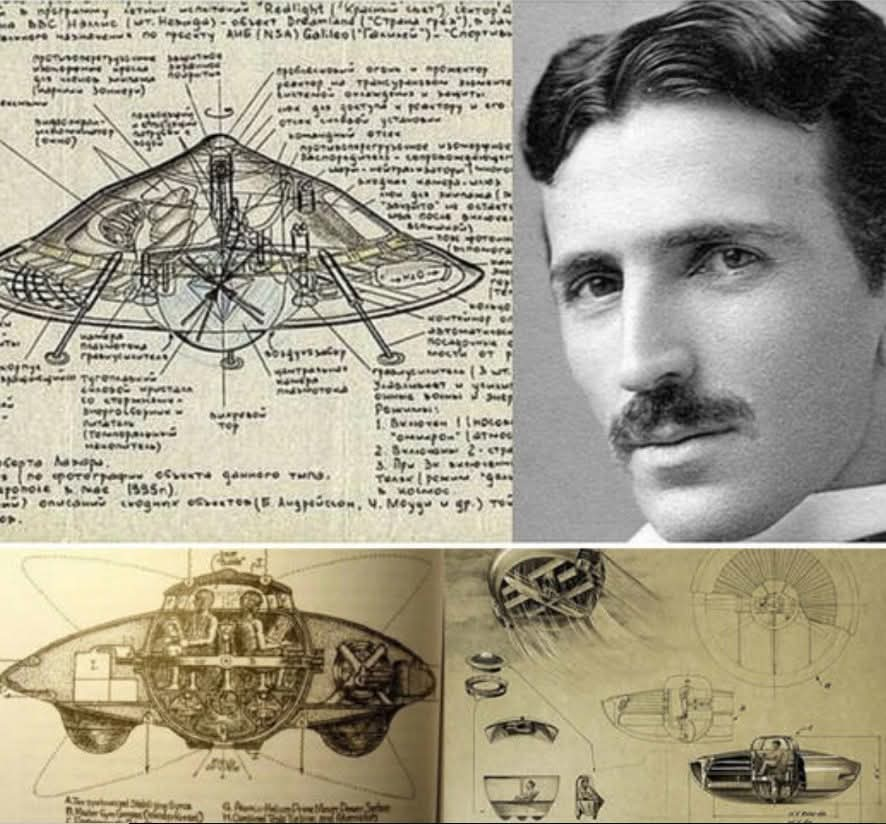
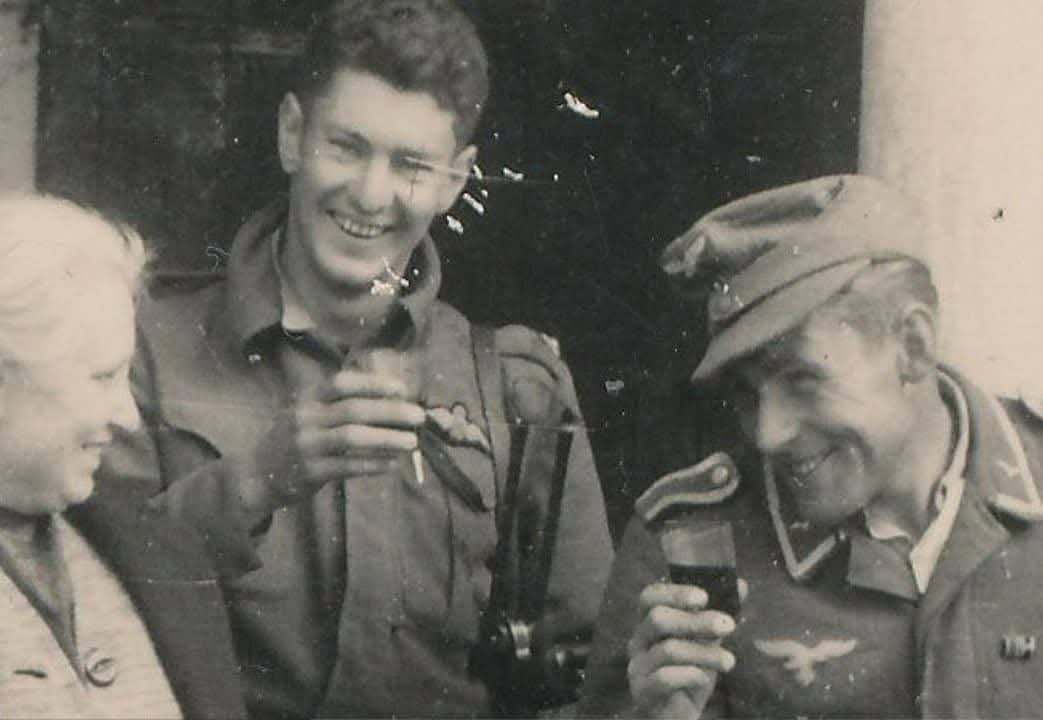
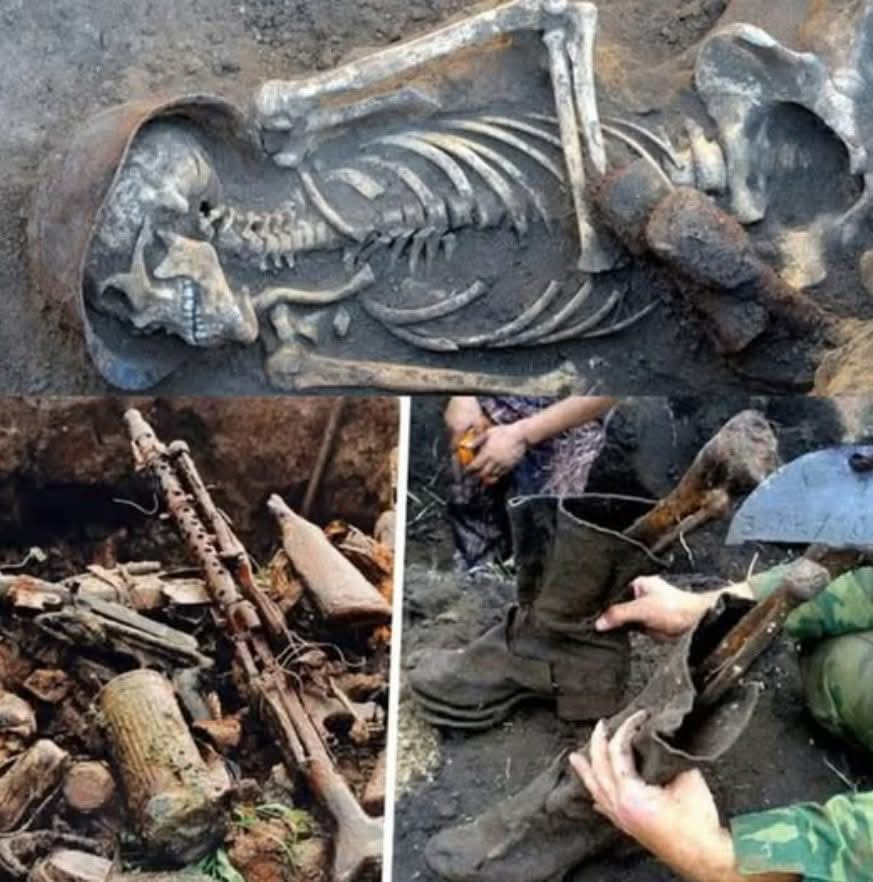
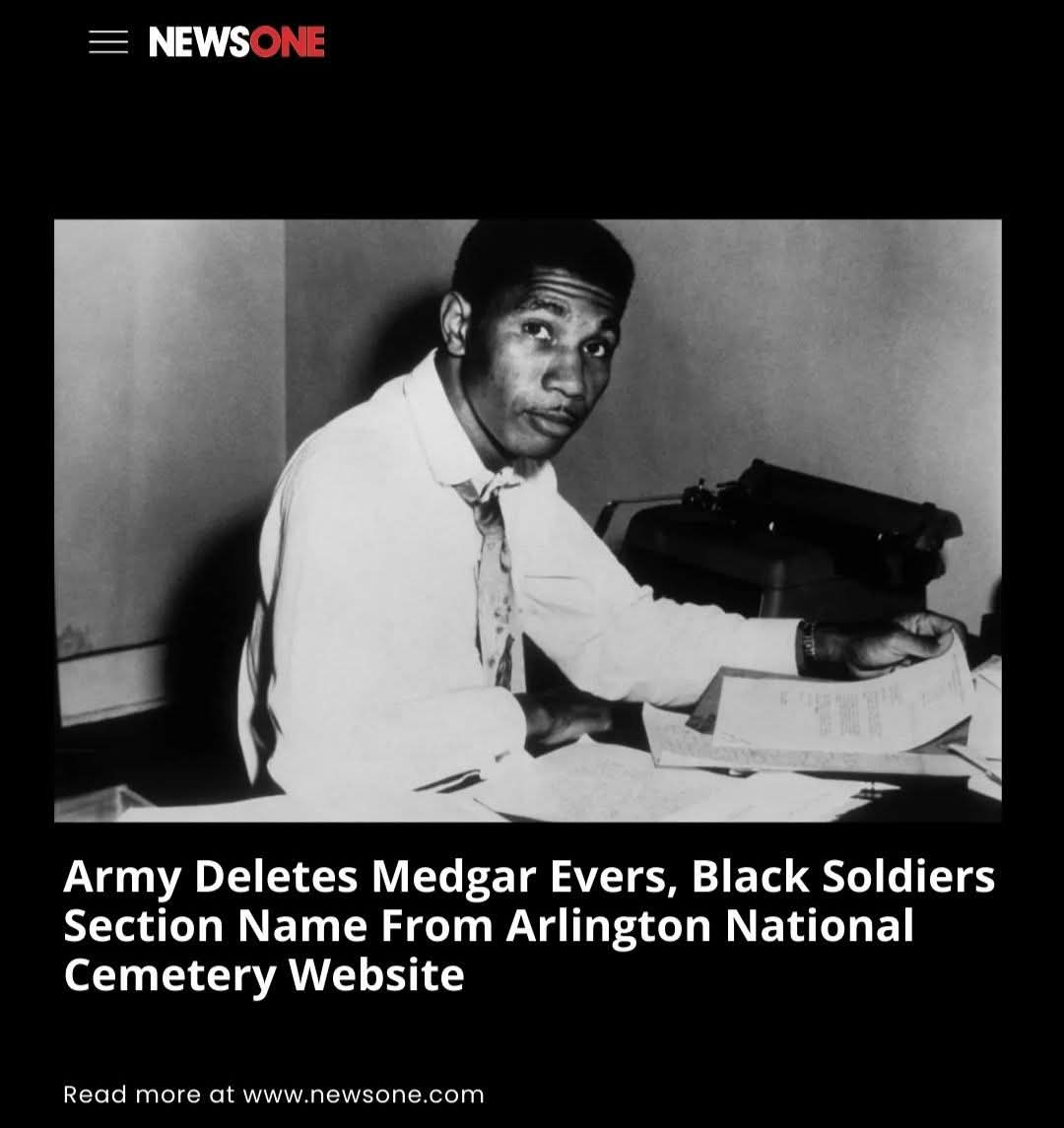
Leave a Reply